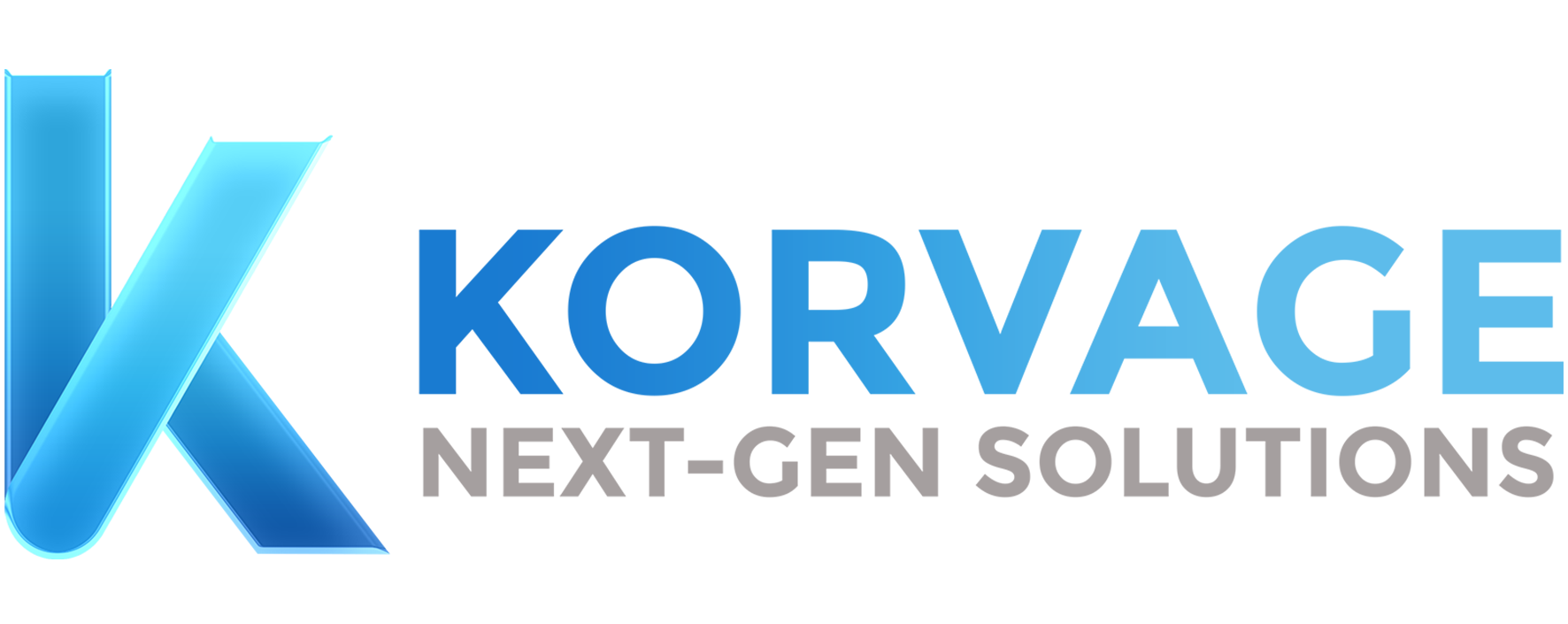The Role of Chatbots in IT Process Automation

The advent of Chatbots in IT Process Automation has been a critical development for most companies attempting to excel via the best operational practices. As companies strive to optimize and refine their workflows and methods, the inclusion of Chatbots in IT procedures has become more critical.
Defining IT Process Automation
IT Process Automation is the practice of using the era to handle standard IT duties or operations with fewer humans involved. This encompasses a large number of actions such as monitoring, troubleshooting, provisioning, and remedy, among others.
Evolution of Chatbots
Chatbots, additionally known as conversational marketers or digital assistants, have advanced significantly when you consider their inception. Initially designed to offer simple responses to personal queries, cutting-edge Chatbots leverage synthetic intelligence (AI) and natural language processing (NLP) algorithms to interact in greater sophisticated conversations and perform complicated obligations. This evolution has placed Chatbots as powerful tools for boosting IT Process Automation.
Check Our Latest Post.
Understanding Chatbots
What are Chatbots?
A chatbot is a software application designed to mimic actual conversations with people through textual content or speech interfaces. Chatbots respond to person inputs, reading the context of their messages, and immediately send appropriate responses. A chatbot might be mounted throughout extraordinary systems, such as websites, messaging apps, and commercial enterprise systems, to offer instantaneous guidance and help to consumers.
Types of Chatbots
Rule-based Chatbots: Rule-based Chatbots feature predefined policies and patterns programmed with the aid of using builders. They observe a set of preference bushes or if-then true judgment to reply to purchaser inputs. While powerful for smooth duties and FAQ-based total interactions, rule-based definitely Chatbots have confined skills for dealing with complex queries or understanding context.
AI-powered Chatbots: AI-powered Chatbots leverage device-studying algorithms and herbal language to recognize ways to interact with customers in a more conversational and context-conscious manner. These Chatbots can have a look from beyond interactions, adapt to purchaser preferences, and constantly decorate their usual performance over the years.

The Basics of IT Process Automation
What is IT Process Automation (ITPA)?
IT Process Automation (ITPA) is the process of automating common IT responsibilities and business processes to streamline productivity, efficiency, and reliability
Benefits of ITPA
Efficiency: Automation hurries up the execution of IT responsibilities, reducing the effort and time required to complete them. This leads to quicker carrier delivery, advanced productivity, and improved patron delight.
Cost Reduction: By automating guide strategies, companies can lower operational costs associated with hard work, human errors, and downtime. Automation additionally permits better useful resource usage and optimization, maximizing ROI.
Error Reduction: Automation gets rid of the risk of human mistakes inherent in guide methods, leading to greater accuracy and reliability.
Scalability: Automation permits corporations to scale their IT operations efficiently to meet growing demand or changing commercial enterprise requirements.

Integrating Chatbots into IT Processes
Integrating Chatbots into IT processes involves deploying them inside present infrastructure and workflows to reinforce human abilities.
How Chatbots Enhance ITPA
Real-time Assistance
Chatbots offer immediate support and help to customers, permitting them to remedy problems and access information in real time without looking ahead to human intervention. This improves reaction instances, complements consumer pride, and allows 24/7 help availability.
Task Automation
Chatbots can automate repetitive IT duties and workflows, along with password resets, system diagnostics, and software program installations.
Self-carrier Options
By empowering customers to interact with IT systems and offerings through self-provider interfaces, Chatbots permit quicker trouble decisions and decrease dependency on IT support personnel.

Use Cases of Chatbots in IT Process Automation
Help Desk Support
Chatbots can serve as the first factor of touch for IT help table help, supporting users with not unusual problems, troubleshooting steps, and know-how-based queries.
Incident Management
In incident control, Chatbots can facilitate incident detection, triage, and resolution with the aid of taking pictures of incident details from users, analyzing root causes, and starting up automatic remediation movements.
Change Management
Chatbots play a critical role in alternate management via automating recurring alternate requests, approvals, and notifications.
Service Requests
Chatbots streamline service request fulfillment using allowing users to post, track, and fulfill provider requests via self-carrier interfaces.

Implementing Chatbots for ITPA
Choosing the Right Chatbot Platform
When enforcing Chatbots for IT Process Automation, corporations need to choose an appropriate Chatbot platform that aligns with their requirements, infrastructure, and targets.
Training Chatbots for IT Processes
Training Chatbots entails presenting them with relevant records, knowledge, and schooling materials to apprehend IT tactics, terminology, and consumer interactions.
Integrating Chatbots with Existing Systems
Integrating Chatbots with current IT structures and packages requires seamless connectivity and interoperability to trade statistics, cause movements, and deliver consequences.
Challenges and Considerations
Security Concerns
Security is a main subject when implementing Chatbots for IT Process Automation, as they interact with touchy facts and systems.
Data Privacy
Data privacy is another essential consideration, as Chatbots acquire and manner personal and exclusive statistics from customers. Organizations need to observe facts protection regulations, which include GDPR and CCPA, using enforcing privacy controls, consent mechanisms, data anonymization, and transparency measures to safeguard consumer privacy and confidentiality.
User Adoption
User adoption is essential for the Chatbots in IT Process Automation, as users may be hesitant to interact with Chatbots.
Best Practices for Successful Integration
Clear Communication Channels
Establish clear verbal exchange channels for users to engage with Chatbots, along with internet chat, messaging apps, or voice assistants, primarily based on consumer possibilities and accessibility. Provide consumer-pleasant interfaces, intuitive commands, and contextual activities to guide users via interactions and ensure readability and comprehension.
Continuous Monitoring and Improvement
Monitor Chatbot performance and user remarks continuously to identify troubles, trends, and opportunities for development. Analyze communique logs, user scores, and engagement metrics to evaluate Chatbot effectiveness, perceive bottlenecks, and prioritize improvements.
Future Trends and Innovations
AI Advancements
Advancements in synthetic intelligence (AI) and machine mastering (ML) are using innovations in Chatbot competencies and overall performance.
Chatbots in DevOps
Chatbots will play a huge role in DevOps procedures, facilitating collaboration, conversation, and automation throughout improvement, testing, and deployment activities.
Voice-enabled Chatbots
Voice-enabled Chatbots will become extra general as voice reputation generation matures and profits large adoption.
Conclusion
Chatbots play a crucial position in IT Process Automation (ITPA) by imparting real-time assistance, automating duties, and enhancing user revel. By integrating Chatbots into IT strategies, agencies can streamline operations, enhance performance, and supply superior providers to customers. As AI advancements continue to evolve, Chatbots become even greater sensible, proactive, and ubiquitous, shaping the destiny of IT automation and digital transformation.



